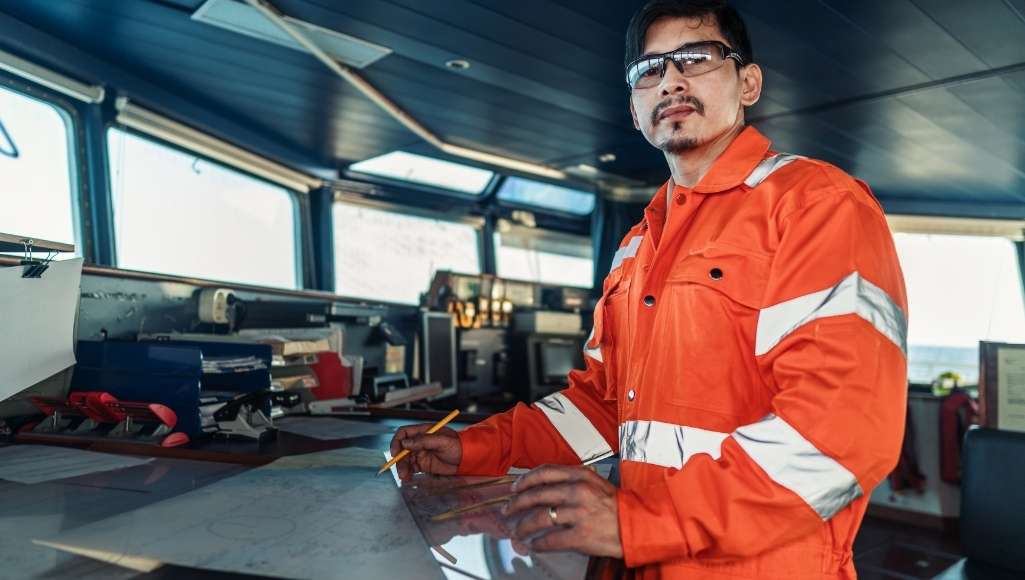
The Future of Maritime Safety
Insights from VIKAND's CEO Peter Hult & Inmarsat Maritime
Maritime is working hard to improve its safety record, but there is still work to be done. As data from Inmarsat's Future of Maritime Safety Report 2022 shows, vessel distress calls have decreased in 2021 – in line with fewer total vessel losses.
“Having these numbers is incredibly important since it allows us to track trends and to ensure that we are moving in the right direction,” said Peter Boardhurst, SVP of Safety & Security at Inmarsat Maritime. “And it will prevent us from losing focus on making safety improvements that deliver results,”
Peter Hult, CEO of VIKAND, contributed his perspective on maritime safety to Inmarsat’s Safety Report. In his article, “Improve Crew Wellbeing and Reap Safety Benefits,” Hult outlines how support for human sustainability could improve seafarer wellbeing and help make our industry safer. “You will see a reduction in safety incidents and downtime if you maintain the good physical and mental health of your seafarers,” he writes. “We call this investing in human sustainability.”
Better Crew Safety Begins with Care
Hult outlines a clear business case for investing in the physical and mental health of crew members. Data suggests it can lead to one-third fewer ship diversions and a 75% drop in serious medical claims.
Human sustainability at sea includes seafarer access to:
-
Quality education
-
Nutrition
-
Healthcare
-
Insurance
-
Mental health support
-
Environmental safety
-
Economic security
-
Freedom from abuse/harassment
Where is Maritime Safety Most At Risk?
According to data collected and analyzed by Inmarsat, tankers, fishing vessels, and bulk carriers rank highest in distress call numbers, while passenger ships have the lowest rate of maritime safety and distress incidents.
The COVID-19 pandemic had a major impact on maritime business, but also a serious impact on vessel crews worldwide. Port closures forced seafarers to stay on board longer than ever, leading to an increased risk of mental and physical health challenges.
While total vessel losses have been decreasing, there were 70% more maritime distress calls in 2020 than in 2018, before the pandemic began. The situation restabilized slightly in 2021, with a 10% drop in calls year-over-year, but the overall data suggests that COVID created a clear increase in safety issues at sea.
In Conclusion: Building a Safer Future
Crews and owners have been adapting to the ‘new normal’ so they can better anticipate maritime safety issues, but the industry needs to engage in a collaborative, proactive approach to safety supported by data and technology.
According to Hult, continuing to improve maritime safety and human sustainability can improve commercial productivity, help companies retain experienced seafarers, improve the culture aboard vessels and attract more newcomers to our industry. In order to reap the benefits of seafarer human sustainability, he concluded, maritime operators must make incremental improvements that place the wellbeing of crew members and their families firmly at the core of any business decisions.
For more information, and to read the full report, please visit https://www.inmarsat.com/en/news/latest-news/maritime/2022/inmarsat-future-of-maritime-safety-report-2022-tracks-covid-19.html


